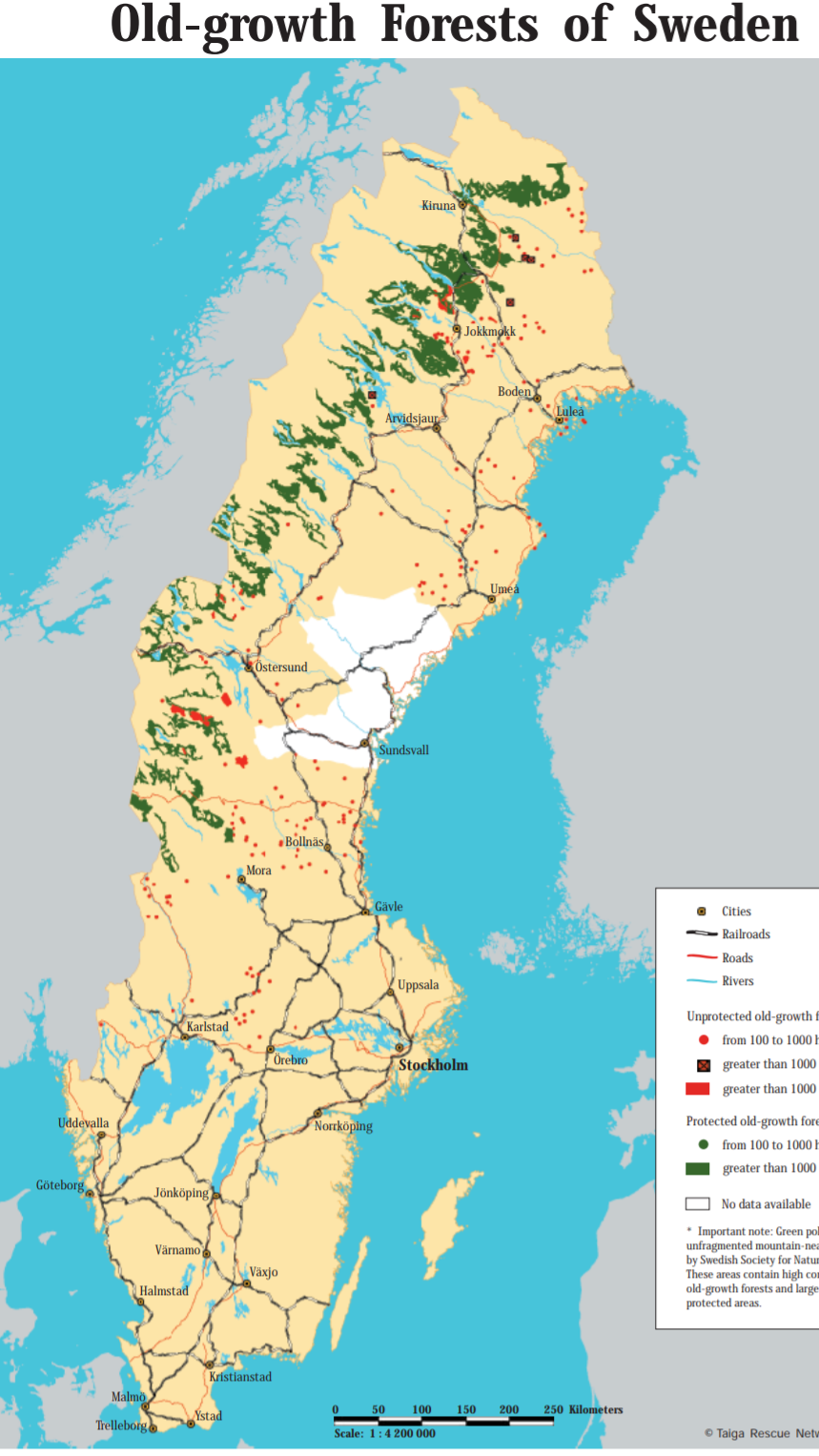
Hemp and carbon sequestration
How much carbon is sequestered in the use of hempcrete and what affects this calculation? Hemp both sequesters carbon during it’s growth and locks it in once used during construction.
As a crop hemp is vitally important in carbon sequestration and should be seen so comparitavely in replacing crops that are a. Less effective at sequestering carbon and b. Require more pesticides, water and land to create the same end product.
It is to the detriment of the Earth’s biodiversity that most governments do not realize this. Land should be used to maximize yield with the goal of preservation of natural forests and biodiversity. There is a huge difference between untouched ancient forests and forest that is being managed and used for lumber by governments. For example in Sweden almost all the forest in Sweden can be defined as managed. Only the northernmost mountain regions have areas of virgin forest, areas that have not been affected by agriculture or silviculture. These are called natural forests.

Hemp can capture atmospheric carbon twice as effectively as forests while providing carbon-negative biomaterials for architects and designers, according to Cambridge University researcher Darshil Shah.
“Numerous studies estimate that hemp is one of the best CO2-to-biomass converters,” said Shah, who is senior researcher at the Centre for Natural Material Innovation at Cambridge.
“It’s even more effective than trees,” he said. “Industrial hemp absorbs between 8 to 15 tonnes of CO2 per hectare of cultivation.”
“In comparison, forests typically capture 2 to 6 tonnes of CO2 per hectare per year depending on the number of years of growth, the climatic region, the type of trees etc.”
source: https://www.dezeen.com/2021/06/30/carbon-sequestering-hemp-darshil-shah-interview/#